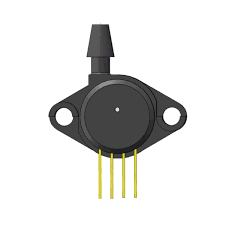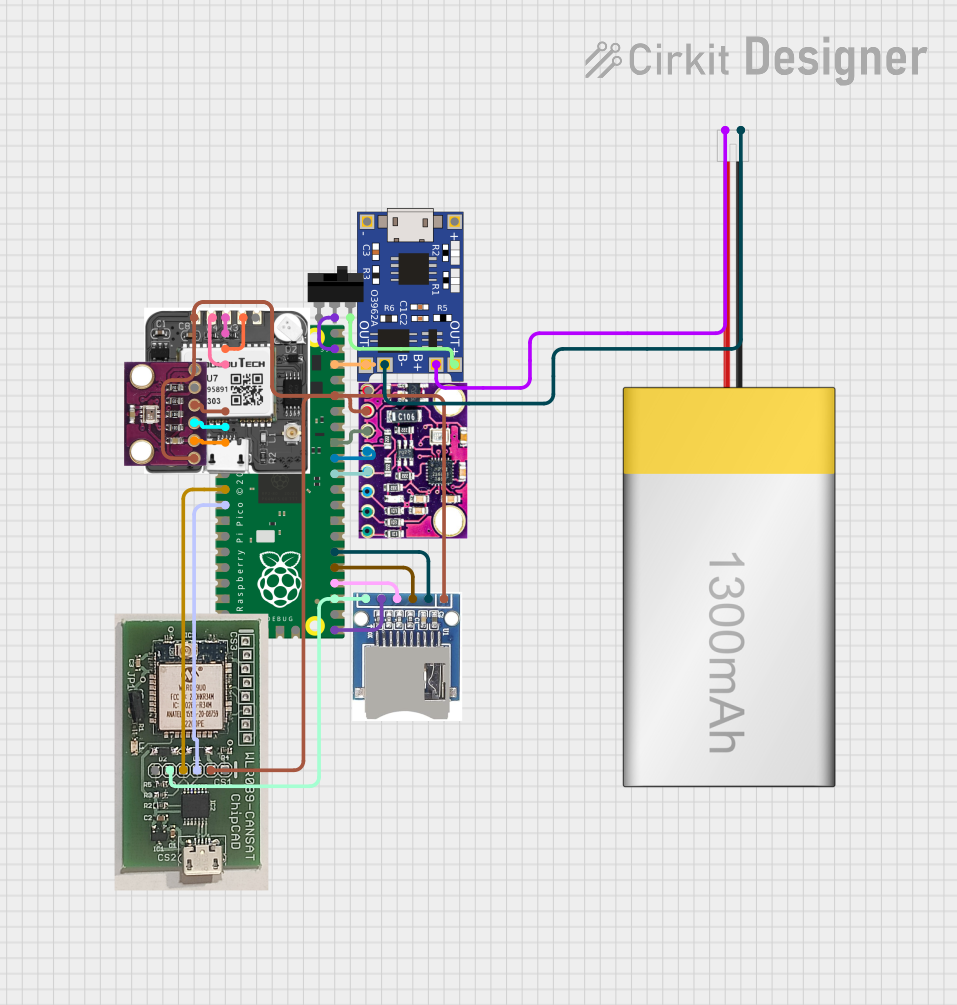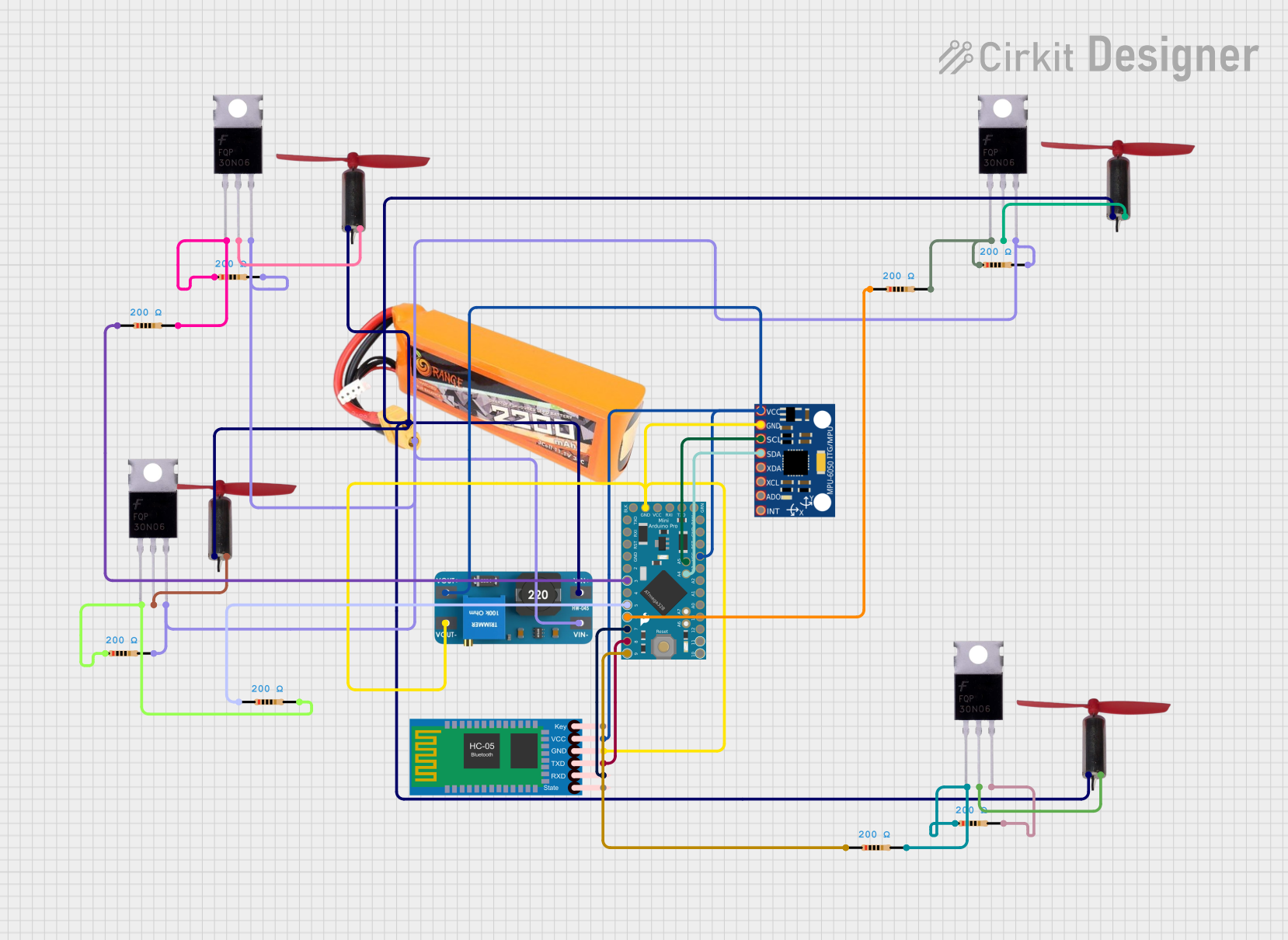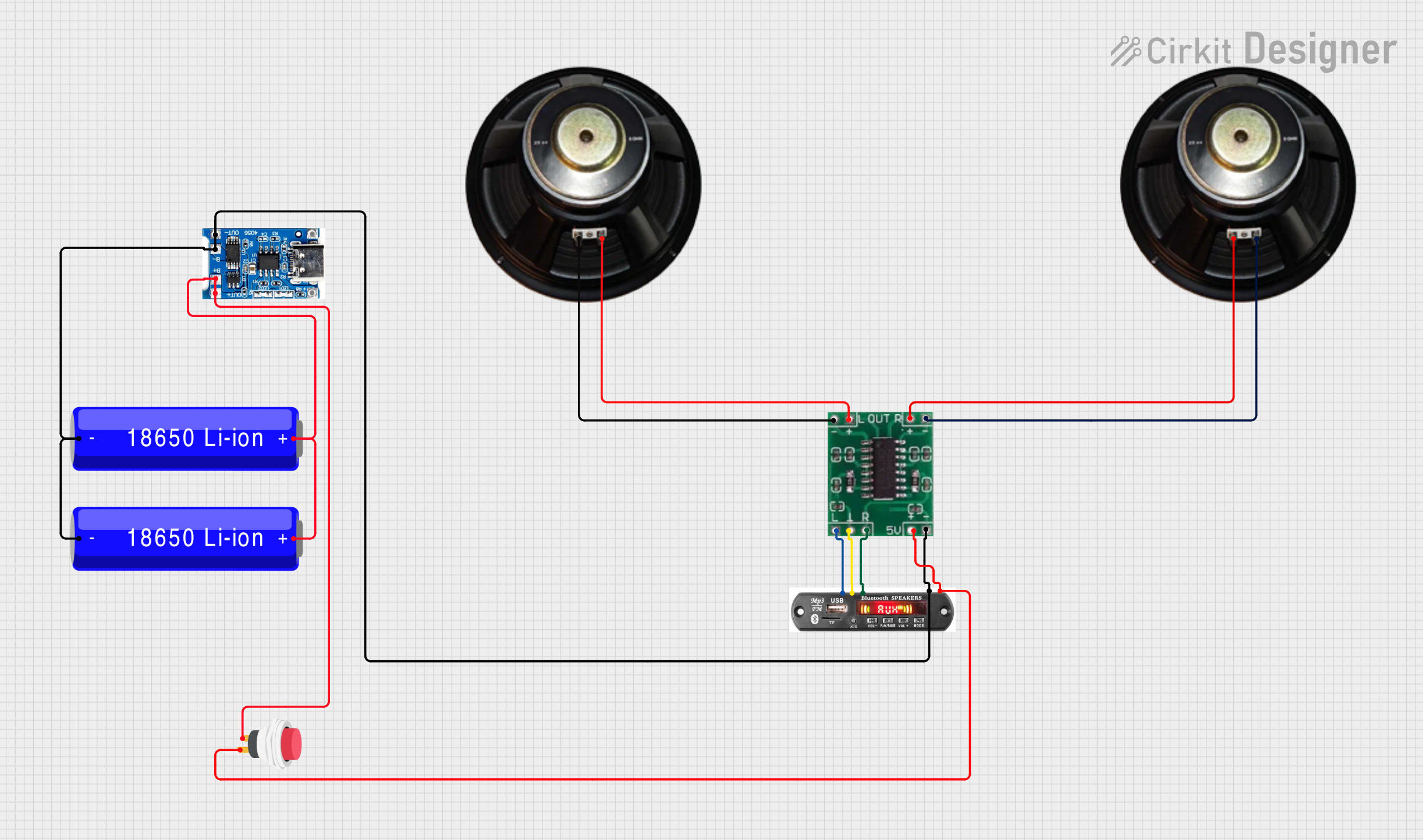
How to Use MPX2050DP: Examples, Pinouts, and Specs

 Design with MPX2050DP in Cirkit Designer
Design with MPX2050DP in Cirkit DesignerIntroduction
The MPX2050DP is a piezoresistive pressure sensor manufactured by NXP. It is designed to measure differential pressure and provides a linear voltage output proportional to the applied pressure. This sensor is known for its high accuracy, stability, and reliability, making it suitable for a wide range of applications.
Explore Projects Built with MPX2050DP

 Open Project in Cirkit Designer
Open Project in Cirkit Designer
 Open Project in Cirkit Designer
Open Project in Cirkit Designer
 Open Project in Cirkit Designer
Open Project in Cirkit Designer
 Open Project in Cirkit Designer
Open Project in Cirkit DesignerExplore Projects Built with MPX2050DP

 Open Project in Cirkit Designer
Open Project in Cirkit Designer
 Open Project in Cirkit Designer
Open Project in Cirkit Designer
 Open Project in Cirkit Designer
Open Project in Cirkit Designer
 Open Project in Cirkit Designer
Open Project in Cirkit DesignerCommon Applications and Use Cases
- Industrial pressure monitoring systems
- Automotive engine control and diagnostics
- Medical devices (e.g., respiratory systems)
- HVAC (Heating, Ventilation, and Air Conditioning) systems
- Altitude and barometric pressure measurement
Technical Specifications
The MPX2050DP is a dual-port pressure sensor with the following key specifications:
| Parameter | Value |
|---|---|
| Pressure Range | 0 to 50 kPa (0 to 7.25 psi) |
| Supply Voltage (Vcc) | 10 V DC (typical) |
| Output Voltage Range | 0.2 V to 4.7 V |
| Sensitivity | 45 mV/kPa |
| Accuracy | ±0.25% Full Scale Span (FSS) |
| Operating Temperature Range | -40°C to +125°C |
| Response Time | 1 ms |
| Media Compatibility | Dry air and non-corrosive gases |
Pin Configuration and Descriptions
The MPX2050DP has a 6-pin configuration. The table below describes each pin:
| Pin Number | Pin Name | Description |
|---|---|---|
| 1 | Vout | Analog output voltage proportional to pressure |
| 2 | GND | Ground connection |
| 3 | Vcc | Positive power supply (10 V typical) |
| 4 | NC | Not connected |
| 5 | NC | Not connected |
| 6 | NC | Not connected |
Note: Pins 4, 5, and 6 are not used and should be left unconnected.
Usage Instructions
How to Use the MPX2050DP in a Circuit
- Power Supply: Connect the Vcc pin (Pin 3) to a stable 10 V DC power source. Connect the GND pin (Pin 2) to the ground of the circuit.
- Output Signal: The Vout pin (Pin 1) provides an analog voltage output proportional to the applied differential pressure. This output can be read using an analog-to-digital converter (ADC) or a microcontroller.
- Pressure Ports: The MPX2050DP has two pressure ports:
- P1 (Top Port): High-pressure port
- P2 (Bottom Port): Low-pressure port Apply the pressure to be measured across these ports.
Important Considerations and Best Practices
- Ensure the pressure applied does not exceed the sensor's maximum rating of 50 kPa to avoid damage.
- Use a stable and noise-free power supply to ensure accurate readings.
- The sensor is designed for dry air and non-corrosive gases. Avoid exposing it to liquids or corrosive substances.
- If using the sensor with a microcontroller (e.g., Arduino UNO), ensure the output voltage is within the ADC input range of the microcontroller.
Example: Connecting MPX2050DP to an Arduino UNO
Below is an example of how to connect the MPX2050DP to an Arduino UNO and read the pressure data:
Circuit Connections
- Connect Pin 1 (Vout) of the MPX2050DP to the A0 pin of the Arduino.
- Connect Pin 2 (GND) to the GND pin of the Arduino.
- Connect Pin 3 (Vcc) to the 5V pin of the Arduino (use a voltage divider if 10 V is required).
Arduino Code
// Define the analog input pin connected to the MPX2050DP
const int pressurePin = A0;
// Define the sensor's characteristics
const float Vcc = 5.0; // Arduino supply voltage (5V)
const float sensitivity = 0.045; // Sensor sensitivity in V/kPa
const float offset = 0.2; // Sensor offset voltage in V
void setup() {
Serial.begin(9600); // Initialize serial communication
}
void loop() {
// Read the analog value from the sensor
int analogValue = analogRead(pressurePin);
// Convert the analog value to voltage
float sensorVoltage = (analogValue / 1023.0) * Vcc;
// Calculate the pressure in kPa
float pressure = (sensorVoltage - offset) / sensitivity;
// Print the pressure value to the Serial Monitor
Serial.print("Pressure: ");
Serial.print(pressure);
Serial.println(" kPa");
delay(1000); // Wait for 1 second before the next reading
}
Note: If the MPX2050DP is powered with 10 V, use a voltage divider to scale the output voltage to the Arduino's 5 V ADC range.
Troubleshooting and FAQs
Common Issues and Solutions
No Output Voltage or Incorrect Readings
- Cause: Incorrect wiring or power supply issues.
- Solution: Double-check the connections and ensure the sensor is powered with a stable 10 V DC supply.
Output Voltage Stuck at a Fixed Value
- Cause: No pressure difference applied or blocked pressure ports.
- Solution: Verify that the pressure ports are unobstructed and apply a measurable pressure difference.
Fluctuating or Noisy Output
- Cause: Electrical noise or unstable power supply.
- Solution: Use decoupling capacitors (e.g., 0.1 µF) near the sensor's power pins to filter noise.
Sensor Damage
- Cause: Exceeding the maximum pressure rating or exposure to incompatible media.
- Solution: Ensure the pressure stays within the specified range and use only dry air or non-corrosive gases.
FAQs
Q1: Can the MPX2050DP measure absolute pressure?
A1: No, the MPX2050DP is a differential pressure sensor. It measures the pressure difference between its two ports (P1 and P2).
Q2: What is the maximum pressure the sensor can handle?
A2: The MPX2050DP can handle a maximum pressure of 50 kPa. Exceeding this limit may damage the sensor.
Q3: Can I use the MPX2050DP with a 5 V power supply?
A3: While the sensor is designed for a 10 V supply, it may operate with reduced performance at 5 V. However, this is not recommended for optimal accuracy.
Q4: How do I protect the sensor from overpressure?
A4: Use a pressure relief valve or a mechanical limiter to prevent the applied pressure from exceeding 50 kPa.
Q5: Is the sensor compatible with liquids?
A5: No, the MPX2050DP is designed for dry air and non-corrosive gases only. Exposure to liquids may damage the sensor.